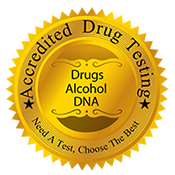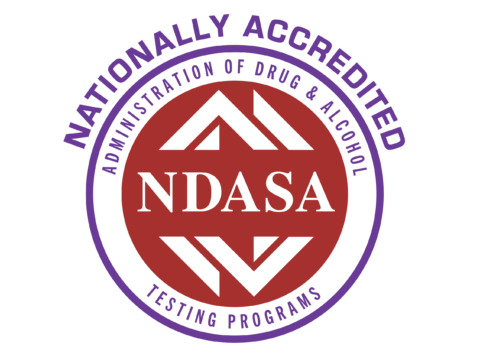Comprehensive Guide to Common Vision Testing
Regular eye exams (vision tests) are essential for maintaining good vision and eye health. There are several types of vision tests designed to evaluate different aspects of your eyesight. Below, we explore some of the most widely used tests, what they measure, and why they matter.
- Vision Test (General Visual Acuity Test)
Purpose: This is a broad term referring to standard tests used to check how clearly you see. It typically includes charts with letters or symbols that decrease in size to determine your visual sharpness.
What It Checks:
- Clarity of vision (visual acuity)
- Ability to see at near and far distances
- Potential signs of eye disease
Tools Used:
- Snellen chart (for distance vision)
- Jaeger chart (for near vision)
- Other specialized equipment
2. Ishihara Vision Test
Purpose: Designed to detect color blindness, particularly red-green color deficiencies.
What It Checks:
- Ability to perceive different colors
- Detection of color vision abnormalities
How It Works:
The test uses a series of plates with colored dots that form numbers or shapes. People with normal color vision can see the figures, while those with color vision deficiency may not.
Fun Fact: Named after Dr. Shinobu Ishihara, who developed the test in 1917.
3. Titmus Vision Test
Purpose: Commonly used in schools, occupational health exams, and driver's license screenings.
What It Checks:
- Depth perception (stereopsis)
- Visual acuity (near and distance)
- Muscle balance (eye alignment)
Color vision
How It Works:
Patients look into a machine called a Titmus Vision Screener, which presents various visual tasks in a compact format.
Where It’s Used:
Often in settings where quick, multiple assessments are needed, like schools or workplaces.
4. Snellen Vision Test
Purpose: Measures how well you can see at a distance.
What It Checks: Distance visual acuity
How It Works:
A chart displays letters in decreasing sizes. The patient reads from a standard distance (usually 20 feet), and results are given as a fraction (e.g., 20/20 vision).
Interpretation:
20/20: Normal vision
20/40: You see at 20 feet what someone with normal vision sees at 40
Interesting Note: Developed by Dutch ophthalmologist Hermann Snellen in 1862.
5. Jaeger Vision Test
Purpose: Assesses near vision, especially reading ability.
What It Checks: Near visual acuity
How It Works:
Uses a card with different sizes of text (called Jaeger numbers). The card is held at a typical reading distance (14-16 inches), and the smallest text you can read determines your near vision quality.
Common Use: Often used to detect presbyopia, a common age-related loss of near vision.

